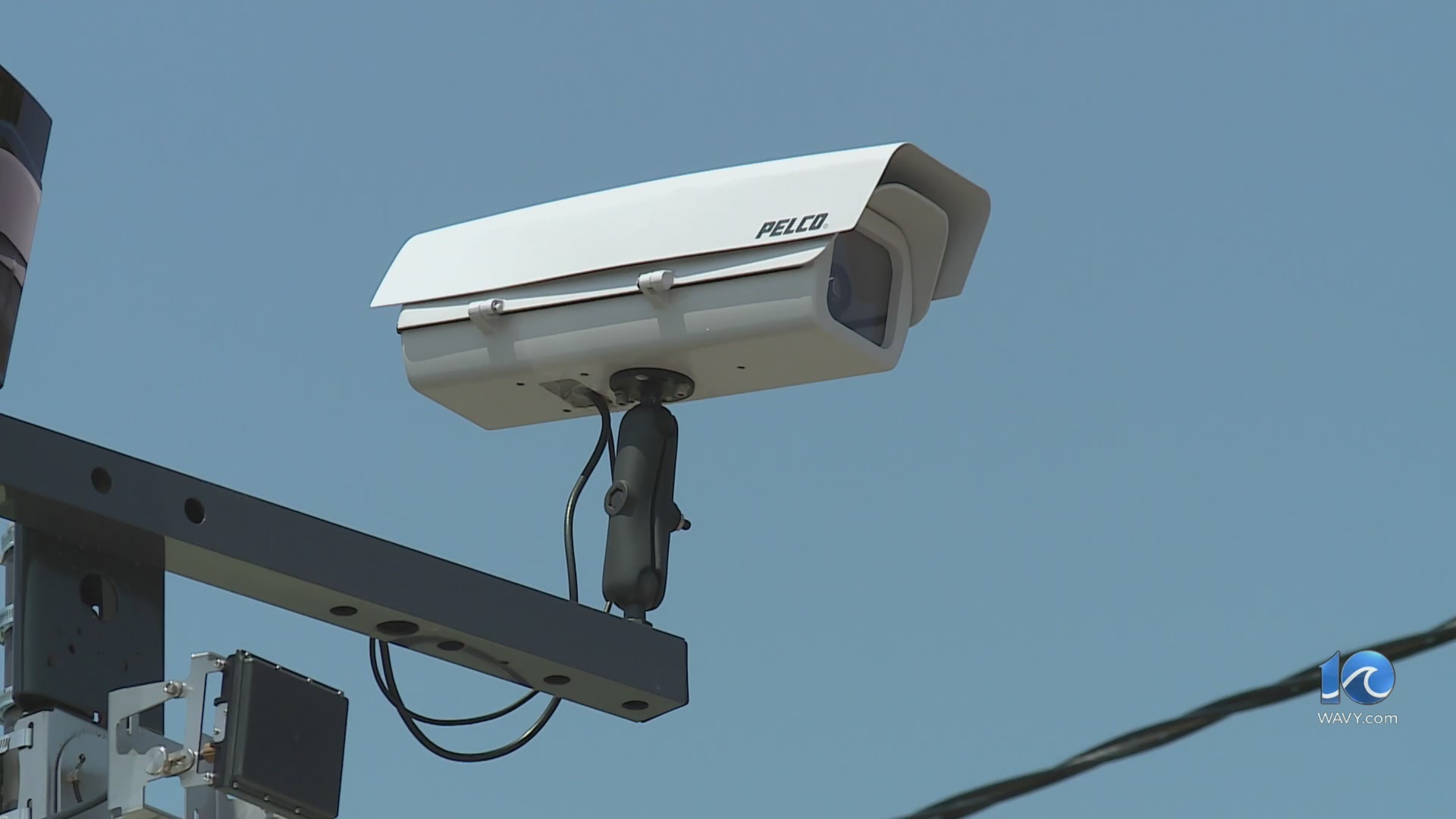ROME (AP) — Two papal tailors and no conclave orders.
The conclave that begins next Wednesday to elect a successor for Pope Francis is the first in 46 ½ years for which the Vatican hasn’t ordered a set of cassocks for the new head of the Catholic Church — at least from the two best-known papal tailors.
That isn’t stopping Ranieri Mancinelli, who opened his ecclesiastical tailoring shop near the Vatican in the 1960s, from making three simple white cassocks just in case: the traditional small, medium and large sizes to cover all possible heights and girths.
“I’m doing this on my own to be able to present these cassocks for the next pope, without knowing who he will be,” Mancinelli said.
Gammarelli, another family-run ecclesiastical tailor near the Pantheon in the historic center, has a paper trail showing it has received cassock orders for every conclave since the beginning of the 20th century — and probably far earlier. Gammarelli has been making garments for priests, bishops and cardinals since 1798.
The last time no pre-conclave order came in to the Vatican’s tailor of choice, Gammarelli, was October 1978, when cardinal electors voted a successor to Pope John Paul I, who died after 33 days as pontiff, said Lorenzo Gammarelli, representing the sixth generation of the family business.
Gammarelli won’t speculate why no order was made this year, but Italian media suggests the Vatican has enough unworn cassocks on hand, and is honoring Pope Francis’ message of environmental and economic sustainability.
“Obviously, we’re a little sorry, because in the sadness caused by the death of the Holy Father, we still would have the beautiful thing of having to make the trousseau for the new one. Not this time,” Gammarelli said.
The Vatican declined to comment on what is being viewed as the great papal cassock race. “I don’t think I need to speak on behalf of businesses,” said Vatican spokesman Matteo Bruni. “Not every curiosity needs to be answered.”
The papal trousseau
For a pope’s first encounter with the flock, the basic garment is the hand-stitched white wool cassock with white cape and wide silk sleeves. The cassock is fastened by silk buttons and worn with a silk brocade sash with gold fringe. All popes, until Francis, had this sash later embroidered with his papal seal.
Francis also eschewed the classic burgundy red mozzetta, a short elbow-length cape worn for formal occasions, and a gold embroidered stole, not only the night of his election but throughout his papacy.
The papal garb is finished with a white “zucchetto,” or skullcap that is also worn by cardinals in red and bishops in purple.
When they are called on to provide a conclave order, Gammarelli also provides shoes in an array of sizes so the new pope will be comfortable when presented to his flock. After that, Gammarelli said, “shoes are a very personal matter.”
Francis favored plain black shoes from his native Buenos Aires, and was buried in a pair with the scuff marks showing.
In keeping with the secrecy of the conclave, Gammarelli never reveals papal prices.
Sizing up the next pope
While the world speculates on who will be the next pope, Gammarelli’s job is more practical. The family has a system to best outfit the unknown successor, using data from their cardinal clients and sizing up cardinal candidates who are not.
“We consider who, in our opinion, could be elected,” Gammarelli said. “We pull out their measurements, and … we make three cassocks that would more or less fit all of them.’’
Balcony mishaps
Their best guesses are sometimes off.
Gammarelli said they never imagined that Polish Cardinal Karol Wojtyla would become pope in October 1978. They had considered Argentine Cardinal Jorge Mario Bergoglio a candidate in 2005 (when Benedict XVI was elected) but not in 2013, when Bergoglio became the church’s first Latin American pope.
Back in 1958, the portly John XXIII appeared on the balcony of St. Peter’s Basilica with safety pins holding together the back of his cassock, after a too-small size was mistakenly grabbed, forcing aides to open the back.
Gammarelli said that throughout Francis’ 12-year papacy he tried to persuade the pope to wear white pants under his cassock. But Francis stuck with the black trousers of a priest, a reminder to himself and everyone that he was a pastor at heart.
Francis’ unadorned style
Mancinelli, at his shop just steps from the Vatican, has made cassocks for the last three popes: St. John Paul II, Pope Benedict XVI and Pope Francis.
He got to know Benedict when he was a cardinal, living near Mancinelli’s shop. Francis later invited him to his apartment in the Santa Marta residence, marking “the beginning of a very pleasant encounter period.”
While Gammarelli won’t make the cassocks on speculation, Mancinelli is making three to give to the Vatican, in Francis’ simple, unadorned style.
“Compared with the other two, Francis preferred much simpler and much more practical things,” he said, also taking costs into account.
Only after the words “Habemus Papam!” are announced from the balcony of St. Peter’s Basilica will it be clear whether the Catholic Church’s 267th pontiff will follow Francis’s unembellished example or will bring back traditional papal trappings, like flashes of red.
____
AP video journalist Silvia Stellacci contributed to this report.







